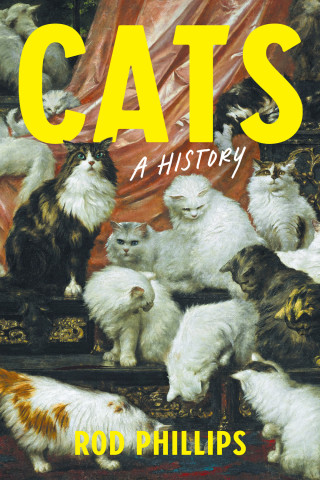
Reviews
The strength of the book lies in Tucker's analysis of the broad historical context in which scientific photography emerged in Victorian Britain.
Tucker's book is a challenging exploration of how, when, and under what conditions photography came to be seen as an enhanced representational tool for a range of scientific practices in Victorian Britain.
Nature Exposed tells us about our past, but has current resonance in our visually based culture and is a timely, interesting, and valuable book.
A useful book.
Tucker's brilliant study enlarges traditional concepts of photographic evidence by tying together the social processes and institutions that created the scientific photograph to the shift in the professional development of science itself.
The premise and the methodology of the book are sound, and its conclusions important.
Meticulous at every turn, Nature Exposed on nearly every page contains a paragraph that would, on its own, be a superb subject for a doctoral thesis—postgraduates take notes. For the rest of us, it is an impressive, long-overdue critical companion to the early history of scientific photography in Britain that leaves few stones unturned. It is also an enjoyable read, as it delves into some of the quirkier and more entertaining chapters in photographic history.
By examining a wide range of books, articles, and photographs, Tucker writes a history of photography that skilfully maps out the social and professional networks that connected science and photographic practices.
As Jennifer Tucker argues in this densely researched book, evaluating evidence involves social values—class, gender, and race—as well as scientific protocols.
A solid and very readable work of scholarship, drawing widely upon periodicals and other neglected print sources, and happily enhanced with reproductions of the many compelling and curious images that it has uncovered and analyzes.
A pioneering study of the establishment of the photograph as an accurate representation of nature which is based on thorough scholarship combined with imaginative insight. Tucker ranges across a breathtaking array of scientific fields, including meteorology, microbiology, and astronomy, while throwing new light on the scientific amateur, spiritualism, gender, visual culture, imperialism, and Victorian popular culture.
This extraordinarily rich study constitutes a landmark in writing about the relations between photography, science, and ideas of truth. Its use of nineteenth-century journal sources, too often overlooked by historians, to extrapolate the complex and nuanced negotiation of truth values invested in photography, not only allows a clear nineteenth-century voice to emerge, but provides us with an invaluable model for further studies.
Book Details
Acknowledgments
Introduction
1. Constructing Science and Brotherhood in Photographic Culture
2. Testing the Unity of Science and Fraternity
3. Acquiring a Scientific Eye
4. Photography of the Invisible
5
Acknowledgments
Introduction
1. Constructing Science and Brotherhood in Photographic Culture
2. Testing the Unity of Science and Fraternity
3. Acquiring a Scientific Eye
4. Photography of the Invisible
5. Photographic Evidence and Mass Culture
Epilogue: Photographic Evidence and Mass Culture
Notes
Essay on Sourcess
Index





